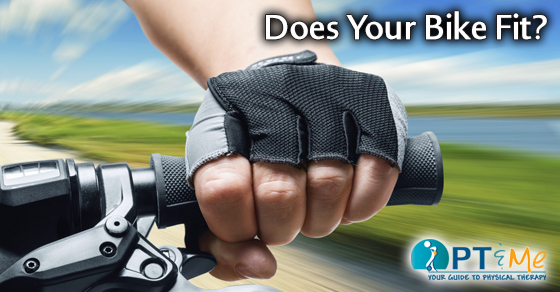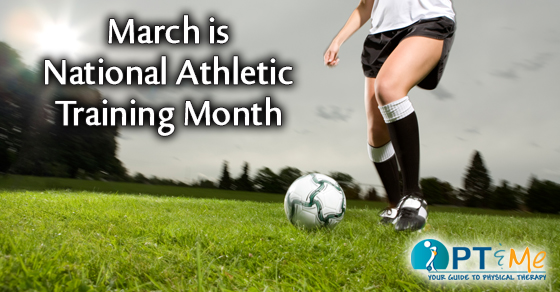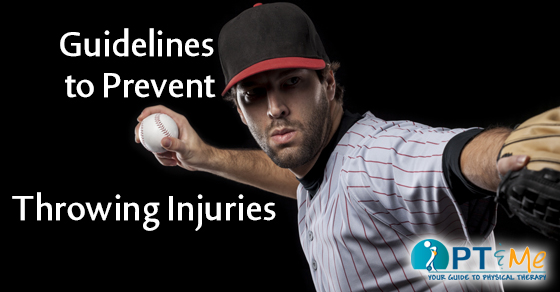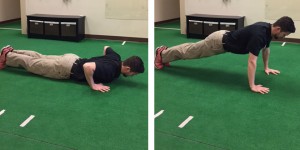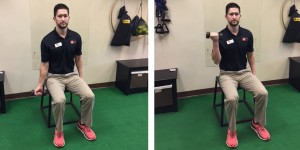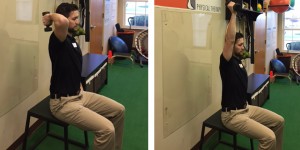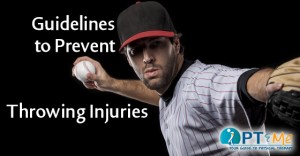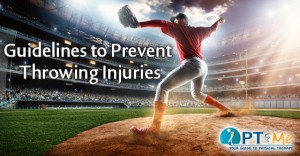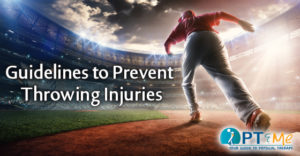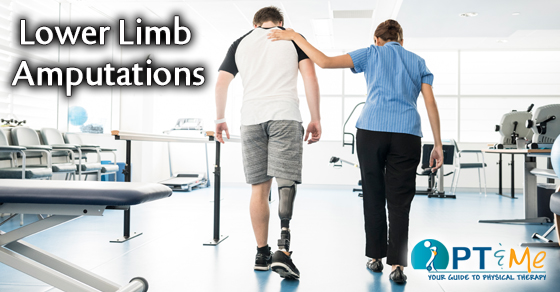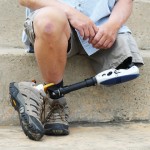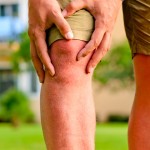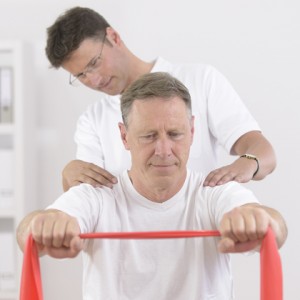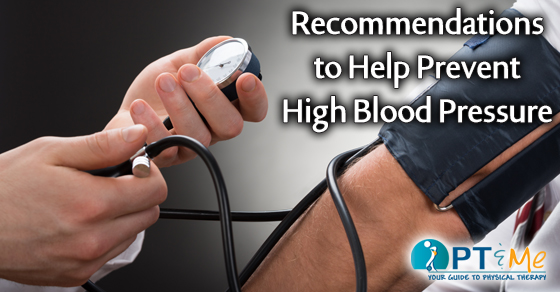There is a misconception that only competitive cyclists benefit from bike fittings. The truth is that anyone that rides a bike on a consistent basis should ride a bike that fits them properly. Granted, competitive cyclists are looking for every advantage with respect to power and performance. However, fitness and recreational riders can gain the same benefits while also improving comfort and reducing the risk of on-the-bike injuries. Often, a few basic changes to a bike can make a significant difference with respect to comfort, power, endurance and overall performance. In this blog we briefly examine some of the key areas that must be considered to ensure a proper bike fit.
THINGS TO LOOK FOR
Frame Size
Obviously, not all frames are created equal. Frame geometry can vary dramatically depending on material, the manufacturer and overall design. Head tube angles, seat tube angles, top tube length, wheel base, etc. are all factors which contribute to how a bike handles and rides. This is where test riding a bike will pay dividends. For example, having a steep head angle may sound like a good idea to achieve a responsive ride. However, you may find it a bit unnerving on a steep, fast descent or even when you try to take your hands off the bar to eat or drink. With regard to mountain bikes, different suspension and wheel size options also affect the way a bike handles and rides. All are personal preferences that should match your intended use.
For general fit, most manufacturers will have measurements that you can take on yourself to help you decide which frame size will likely be best for you. However, you may also fall within the acceptable range for two different frame sizes. In that case, there is no substitute for going to a shop that carries the bikes and riding them both. In all likelihood, you will quickly feel the difference and easily decide which will work best for you. If you are leaning toward the larger of the two sizes, make sure to check the stand over height before laying your cash on the counter. Keep in mind that your primary concern with respect to frame size is the fit from the waist down. Reach is obviously important as well. However, most upper body adjustment can be achieved by varying bars or stem length/angle assuming the length of the top tube is appropriate.
Crank Arm Length
This is one area where people seem to be content to accept a length simply because that particular crank arm is what they have been told is standard or best. The truth is that many bikes come equipped with crank arms that are too long for the prospective rider. Even when told they should have a shorter crank arm, some feel that if they can push it, they will be a stronger, more powerful rider. This can be a foolish mindset as this can result in knee and/or back problems. Of course, there are also occasions where the crank arms may not be long enough. In this instance, the rider is likely giving away potential power and performance. When deciding on an appropriate crank arm length, we are usually talking about millimeters of difference. However, there are specifications for crank arm length typically based on inseam length and/or seat height.
Cleat Alignment
Pedal choice as well as cleat adjustment are vital components of bike fit. Proper cleat alignment is the starting point for overall fit and essentially aligns the position of the foot in relation to the spindle of the pedal and the crank arm. It can also be one of the most difficult aspects of fit to get accurately established. This is true primarily because it is hard to align your cleat when it is mounted to your shoe which is on your foot and clipped into the pedal. Furthermore, most modern pedal/cleat combinations allow for considerable adjustment with respect to float, rotation, fore and aft, and side-to-side. Equally important is the shoe. People often buy soft cycling shoes that are comfortable on and off the bike. Although these shoes may be more comfortable for walking, you are giving up considerable force production and performance on the bike. Furthermore, on long bike rides, these softer shoes can result in “hot spots” and foot fatigue. Cycling shoes don’t need to be uncomfortable. However, when you are riding a bike, wear the shoe that is made for the job.
Seat Adjustment
This is another area that results in much debate. Do you go higher for better force generation or lower for better control on descents? Once again, improper seat height can result in pain or injury. It can also significantly limit your performance. For most riders, seat height and saddle setback (fore/aft positioning) is crucial for comfort and performance. This is the area where the biggest abuse of the law of averages has befallen bike fit. Seat adjustment is often based on averages and equations. Unfortunately, this is rarely the correct position. Much better than averages are measured angles with the rider on the bike which results in a more exacting fit.
Stem Length/Bar Height
Fitting stem length and bar height should be based on alignment, posture, comfort and performance. These factors can have a great effect on your back, neck, shoulders and wrists.
You may be saying to yourself, “Then tell me how my bike should be set up.” The fact is that an accurate fit cannot be done without looking at the individual on their bike. Many bike fits are based on measurements such as inseam, reach, trunk length, etc. which are then plugged into a variety of equations. Adjustments to the bike are then made according to the resulting numbers. The problem is that these equations often vary and are based on averages. Most of us aren’t average. We all have differing body composition and physique. Strength, flexibility, experience and orthopedic issues all play into proper bike fit. Proper fit must be done with the rider on the bike looking at specific measures and alignments.
Ultimately, a good bike fit is well worth the money and can go a long way toward improving comfort on the bike, improving your performance, and reducing the risk of injury. There are obviously many approaches and “schools of thought” when it comes to bike fit. The point here is that the most accurate fits are accomplished by evaluating you on your bike. Remember, depending on your effort and ability, cycling can be a very intense form of exercise. However, that doesn’t mean you have to hurt. If you have pain on the bike, something is typically wrong. More often than not, the problem can be addressed by improving fit. The bottom line is that you want to be sure the bike you ride is fit specifically to you. You should never be forced to fit yourself to the bike.
Written by Michael Choate, MSPT, USA Cycling Certified Coach at North Lake Physical Therapy & Rehabilitation in Portland, Oregon.
North Lake Physical Therapy & Rehabilitation clinics use progressive techniques and technologies to stay on the forefront in their field. OTheir staff is committed to providing patients with advanced healing techniques. To learn more about them click here.

